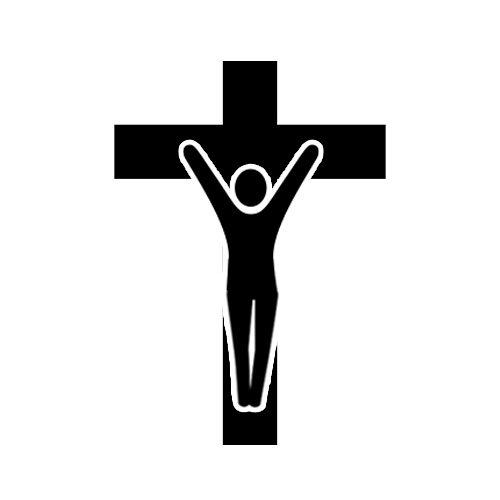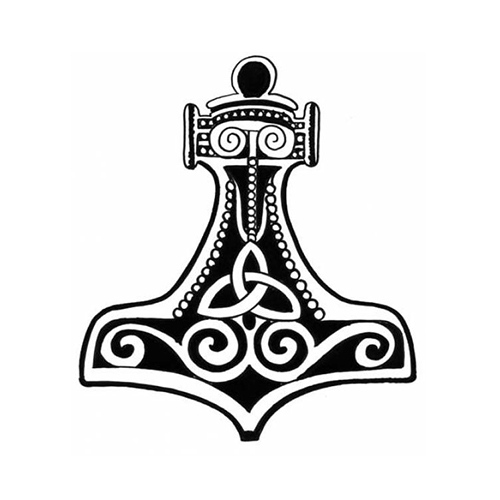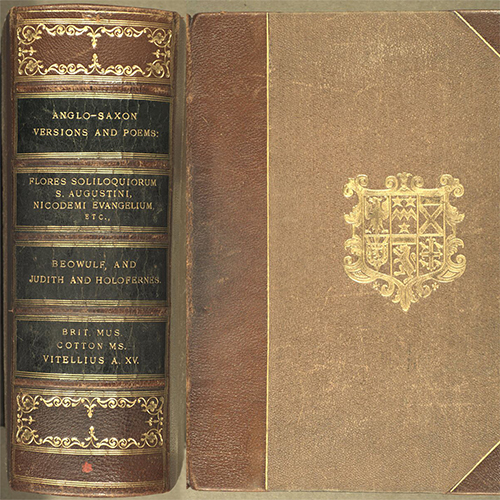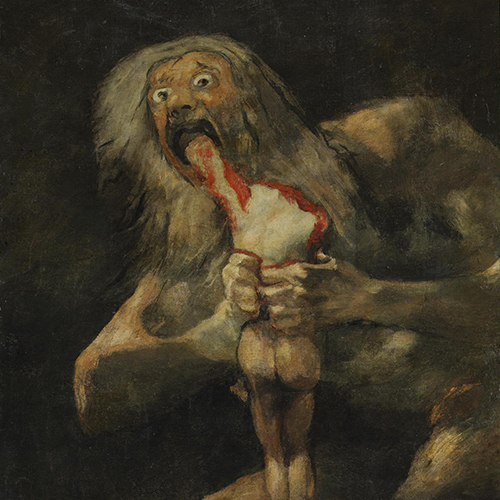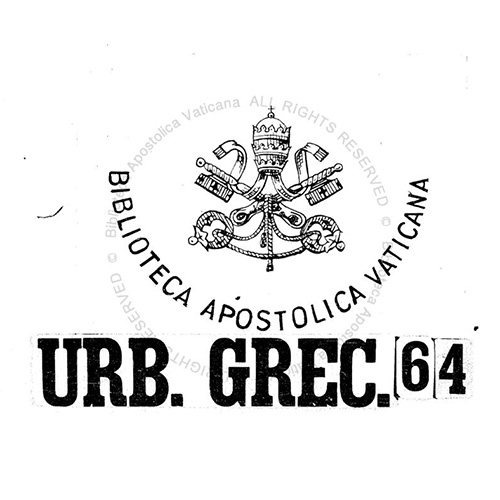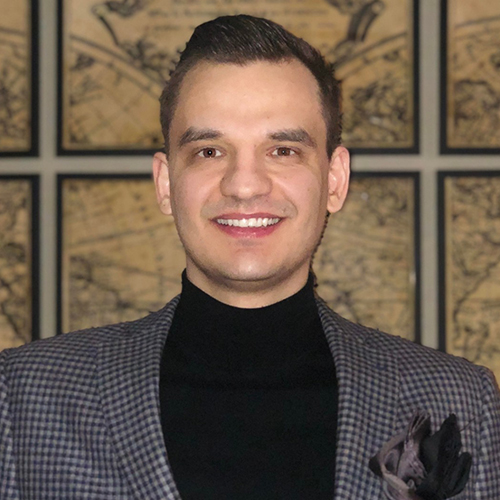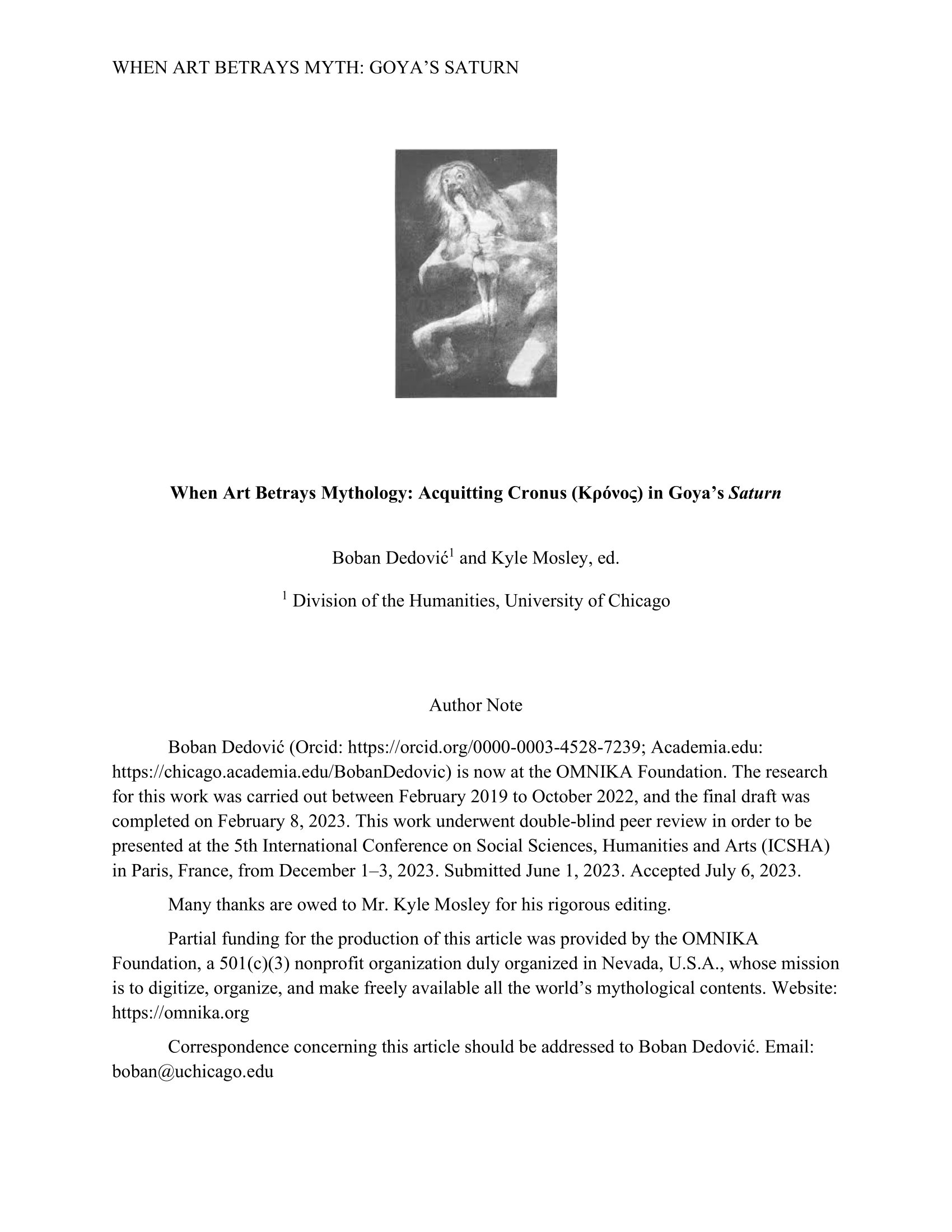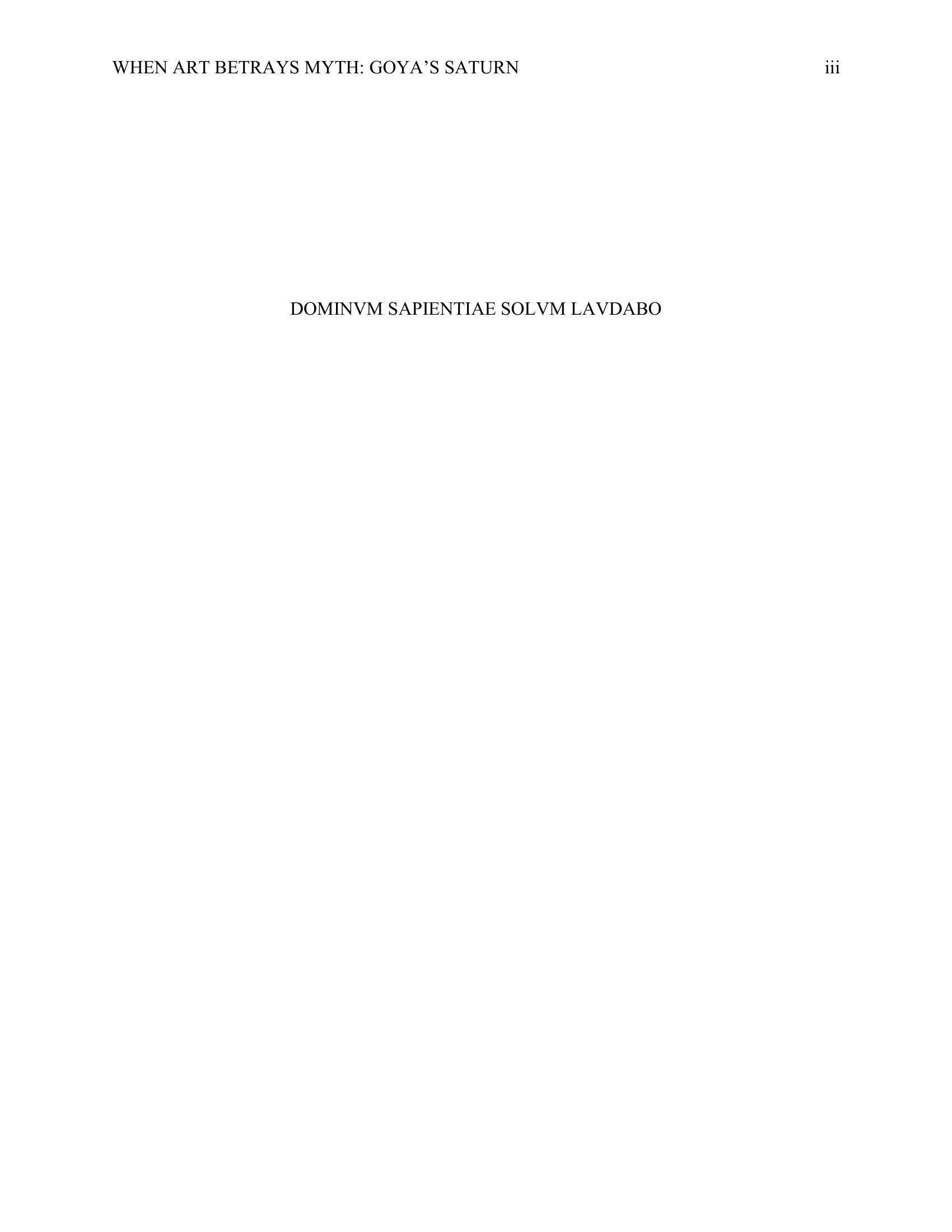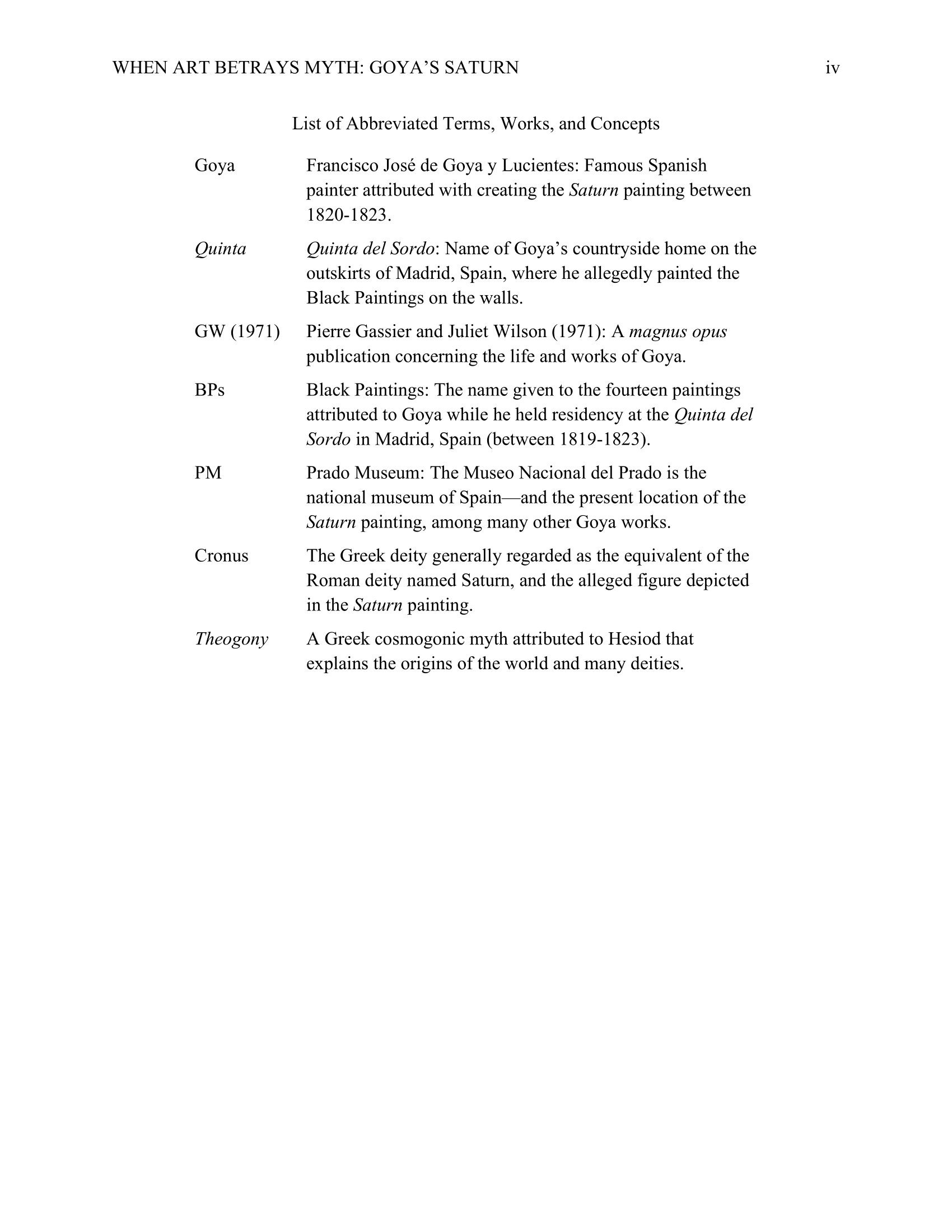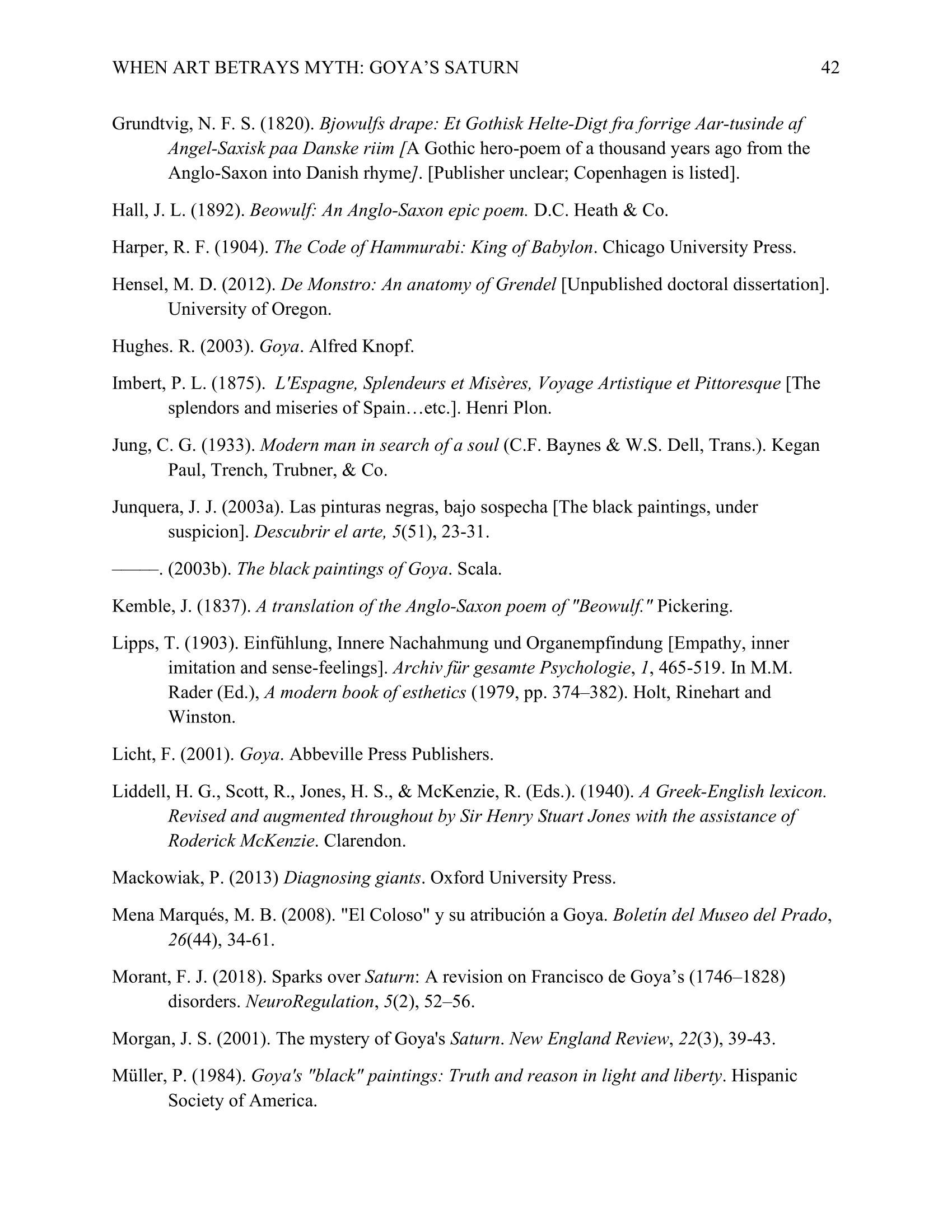About
In "When Art Betrays Mythology," Dedović argued that Francisco Goya's Saturn painting is not representative of the mythological figure Cronus from Hesiod's Theogony. Instead, the author presents evidence to show that the painting's figure aligns with Grendel from Beowulf.
Source: OMNIKA
Abstract: Francisco José de Goya y Lucientes (1746-1828) was a famous Spanish painter who is credited with painting a work titled Saturn Devouring One of His Sons. This work was one of over ten others known as the “Black Paintings,” which were painted on the walls of his Quinta home in Spain. The painting’s contents have been widely accepted as depicting a deity named Saturn, whose Greek equivalent is Cronus (Κρόνος). It is widely believed that the painting depicts a passage from the Greek mythological story known as the Theogony, attributed to Hesiod (ca. 700 BCE). The title and attribution stated above were assigned posthumously, not by Goya himself. No other authorship sources seem to be available. Prior investigations have relied on psychological inferences about Goya. The present investigation conducted an exhaustive literature review and then compared the painting's contents to Greek and English versions of Hesiod's Theogony. All three posited hypotheses were supported: (a) prior investigators seemed to rely on psychological analyses concerned with Goya’s mental state, despite a lack of objective evidence from the time period in question; (b) textual evidence from Hesiod’s Theogony did not provide support for Cronus being the figure depicted in the Saturn painting, and; (c) Grendel’s depiction in Beowulf aligned with the Saturn painting’s contents, textually and graphically. Further probing was conducted with regard to whether Goya could have profited from the materials and concepts found in the manuscript during his lifetime. The Beowulf manuscript was available to an artist between 1820-1823, and the plot of Beowulf was written about in European publications. Finally, the Beowulf manuscript’s contents included the Biblical story of Judith and Beowulf in the same spine, which corresponds to the adjacent location of the Judith and Saturn paintings in Goya’s Quinta home. Implications and limitations are discussed.
Source: Author or Publisher
expand_more Read more Read less
Access
Read for free
External sources
Primary
Myth
The world was created by the first deities out of a void where nothing existed. The oldest deities were Chasm (chaos), Gaia (Earth), Tartarus, and Eros (desire). These deities gave birth to the other Greek figures in a genealogical succession. Much of the rest of creation came from bodily fluids, like semen or blood.
Belief system
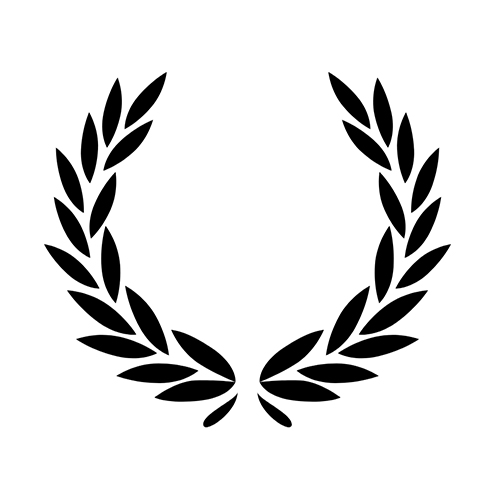
The ancient Greek belief system represents a collection of cultural myths and stories that date back to circa 1300-1200 BCE. Its pantheon of deities were widely known and written about in Greek texts. The Romans...
Deity
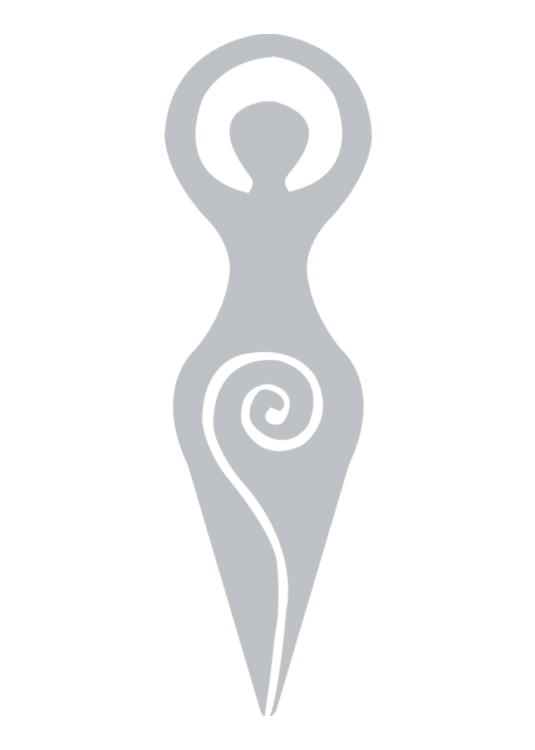
Cronus (Greek: Κρόνος) was the leader of the Titans, the first generation of Greek deities. He gave birth to Zeus, Hades, and others. He was also associated with the harvest.
Translation
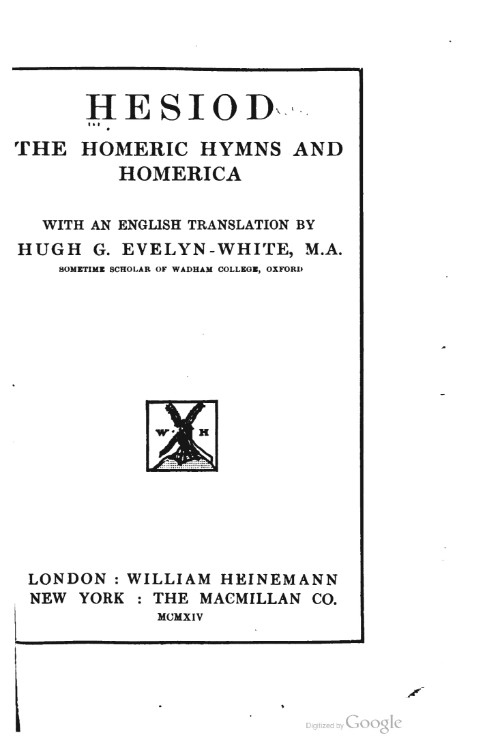
"Theogony of Hesiod" is an English translation of the Greek creation narrative of Hesiod by Hugh G. Evelyn-White. It was published in 1914 and includes 1,120 lines. It is highly readable for a layman audience.
Myths cited
Belief systems cited
Primary
Artifacts cited
Other works
Conference paper · 2023
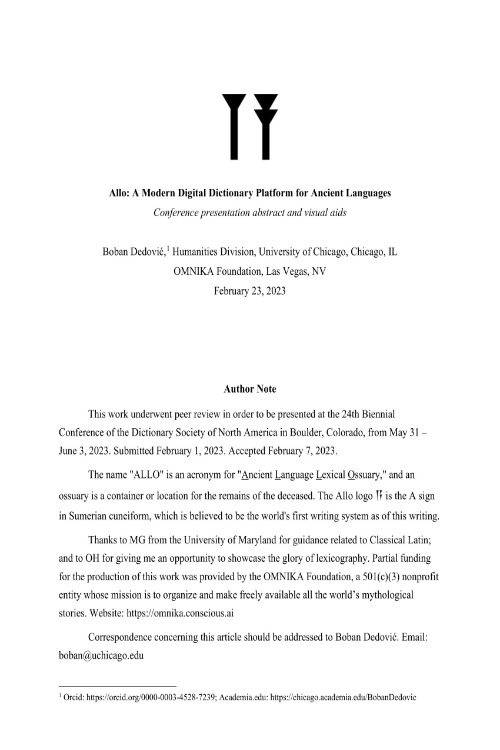
This work is a conference paper by Boban Dedović concerning Allo Latin, a digital tool first presented at the 24th biennial conference of the Dictionary Society of North America in Boulder, CO, May 31 – June 3, 2023.
Preprint · 2023
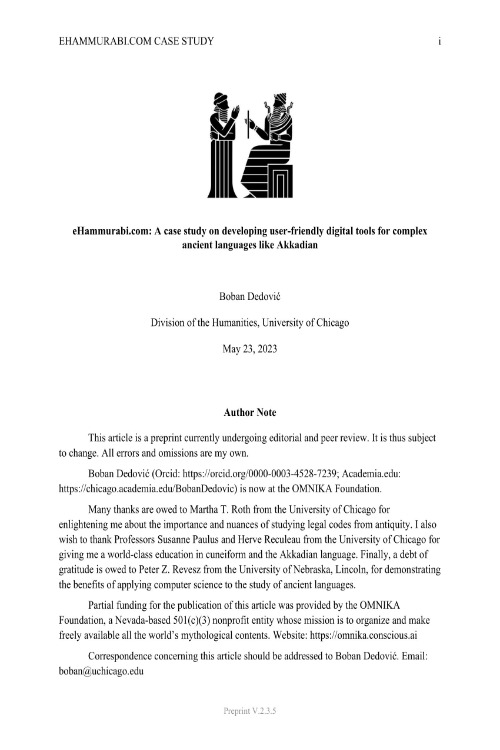
This case study outlines how the eHammurabi.com digital tool was built by describing its development from start to finish. The Law Code of Hammurabi was created in c. 1750 BCE and is well-known for being one of the oldest and most important legal texts in recorded human history.
Seminar paper · 2019
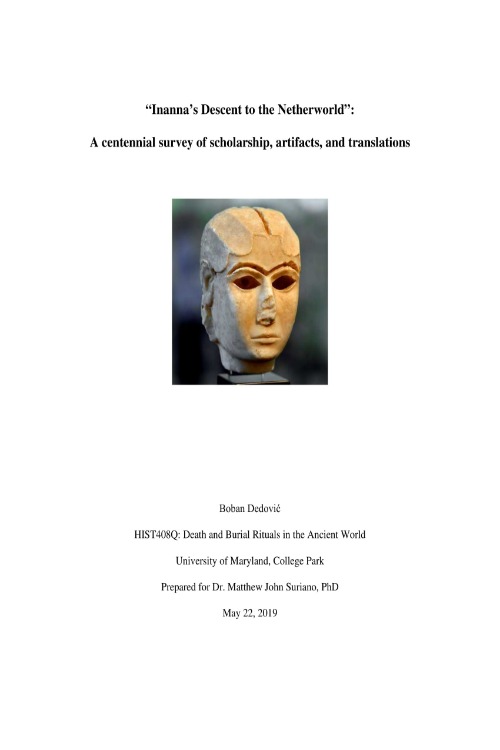
"Inanna's Descent" outlines all the scholarship related to the Sumerian afterlife myth named "Inanna's descent to the netherworld." The work contains a chronological survey of the scholarship, as well as an appendix of over forty artifact pictures and citation details. The work was produced by Dedović while he was studying death and burial rituals in the ancient world at the University of Maryland, College Park, MD.
Conference paper · 2022
"‘Minds’ in ‘Homer’" is a 2021 empirical research study on mental language in the Homeric epics which argued that the Iliad has much less mental language than the Odyssey, statistically speaking. Following peer review, the findings were accepted as a conference paper for the twelfth International Conference on the Mental Lexicon in Niagara-on-the-Lake, Ontario, Canada, from October 11–14, 2022.
Website · 1997
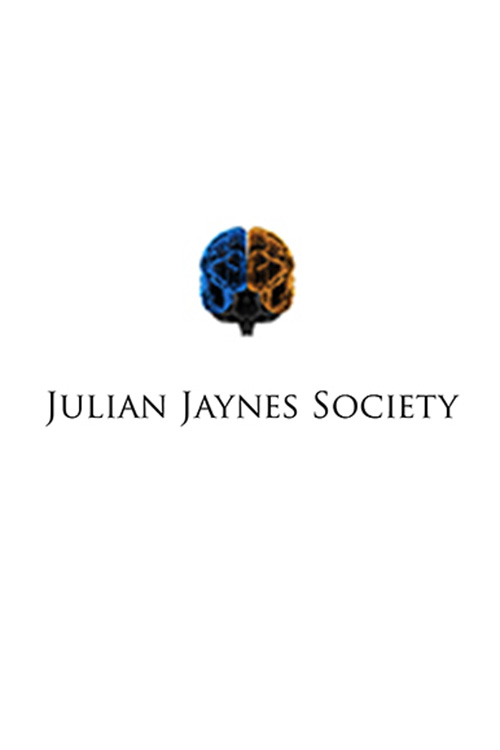
The "JJS" promotes the work of Julian Jaynes, a former Princeton professor who revolutionized ancient (and modern) psychology with his book, titled The Origin of Consciousness .... The book's contributions to ancient studies are legion, and cover the Homeric Epics (the Iliad and Odyssey), and more Greek and Akkadian myths. The society was started in 1997 by the prolific author Marcel Kuijsten, its Executive Director.
Website · 2021
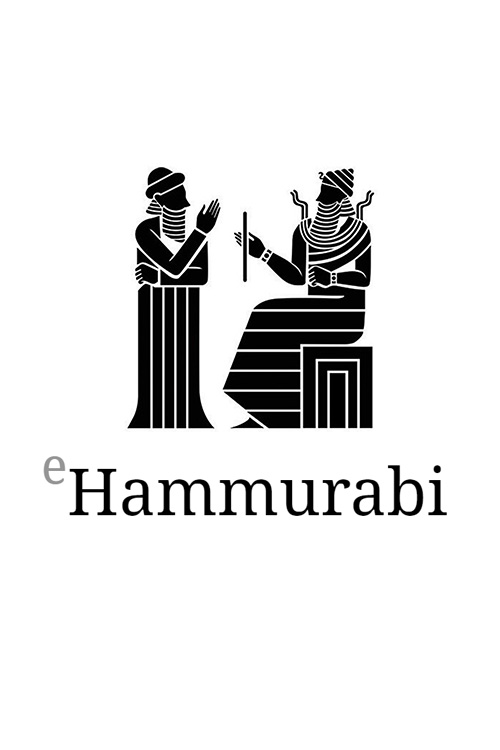
The Electronic Hammurbi website provides a digital version of the Law Code of Hammurabi; and includes the cuneiform signs, transliteration, normalization into Akkadian (Old Babylonian), and an English translation derived chiefly from Huehnergard's standard Akkadian grammar. The website was created by Boban Dedović on February 2021 while he was studying Mesopotamian Law at the University of Chicago, and is operated by the OMNIKA Foundation, a 501(c)(3) nonprofit based in Las Vegas, NV.
Conference paper · 2023
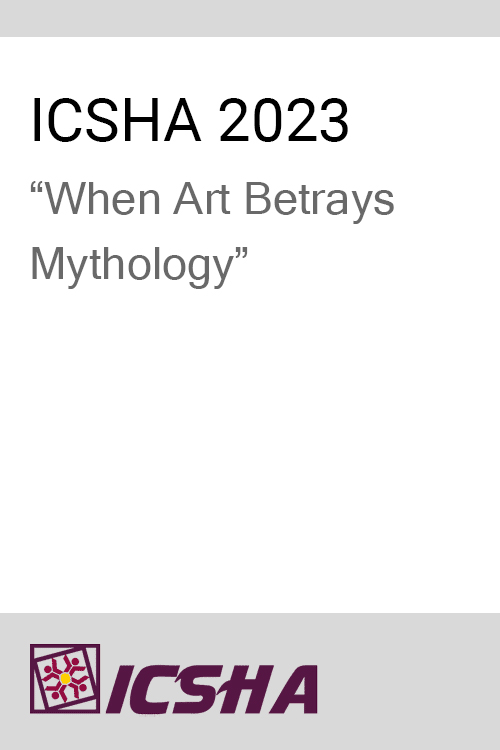
In "When Art Betrays Mythology," Dedović argued that Francisco Goya's Saturn painting is not representative of the mythological figure Cronus from Hesiod's Theogony. Instead, the author presents evidence to show that the painting's figure aligns with Grendel from Beowulf.
Book · 2022
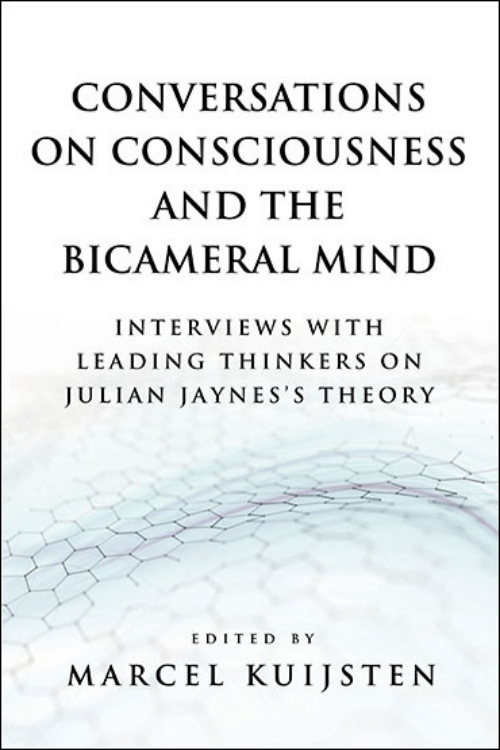
Conversations on Consciousness is a collection of transcribed interviews related to the theories of Julian Jaynes. The major focus of Jaynes' work was the origin of human consciousness. The work was compiled and edited by Marcel Kuijsten of the Julian Jaynes Society.
Contributor
Cite this work
ChicagoDedović, Boban. "When Art Betrays Mythology: Acquitting Cronus (Κρόνος) in Goya's Saturn." Paper presented at the 5th International Conference on Social Sciences, Humanities and Arts, Paris, France, December 1–3, 2023. https://doi.org/10.31234/osf.io/btwsk
